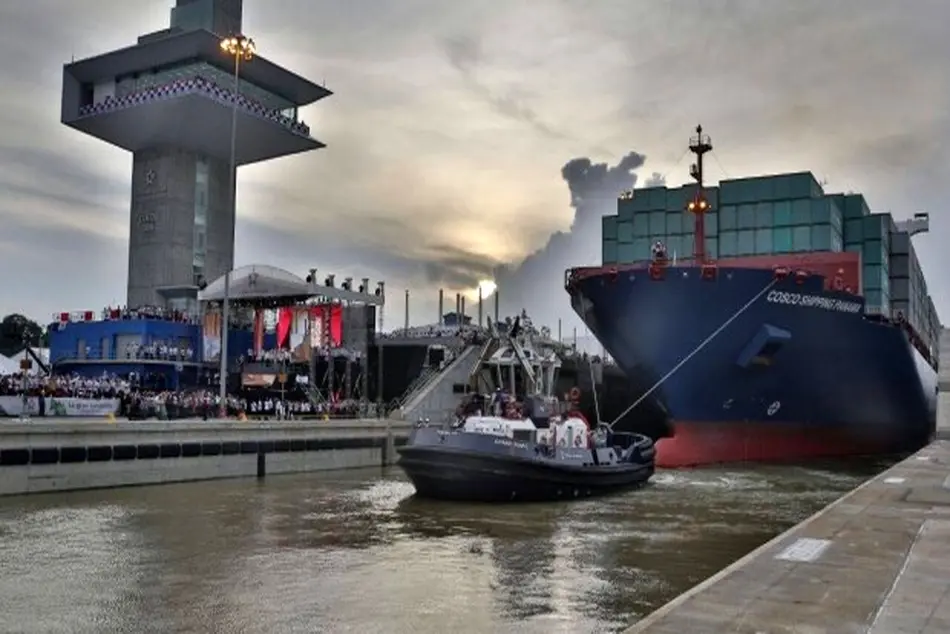Panama Canal tolls structure modifications approved

The Cabinet Council of the Republic of Panama officially approved a proposal to modify the Panama Canal tolls structure, following a recommendation from the Panama Canal Authority (ACP) Board of Directors.
The approved proposal is expected to support the Canal’s goal of providing reliability to the global maritime community, while safeguarding the competitiveness of the waterway, according to ACP.
The approved tolls modifications are scheduled to go into effect on October 1, 2017, at the beginning of the Canal’s fiscal year.
After the official announcement of the proposed tolls modification on June 1, 2017, the Panama Canal held a public hearing on July 5, 2017, to discuss the tolls structure modifications proposal, where the ACP received written comments from 12 representatives of associations, shipping lines and shippers-three of which presented comments in person at the hearing. All comments received were then carefully evaluated and analyzed.
For the container ship segment, the approved tolls structure offers more attractive rates per loaded containers on the return voyage, applicable only to Neopanamax vessels deployed on the Canal route in the head and back haul legs, and when:
- the utilization rate of the northbound transit is higher or equal to 70 percent, and
- the time lapse between the northbound and the southbound transit is not greater than 28 days.
In order to promote the use of the services provided within Panama’s logistics hub, any additional days that the vessel requires to perform port-related activities in the Panamanian terminals will not add to the 28- day period.
Additionally, the new structure modifies the tolls charged to liquefied natural gas (LNG) and liquid petroleum gas (LPG) vessels, which will be set at the levels presented in the original tolls proposal.
Finally, container/breakbulk vessels-formerly part of the others market segment-will be reclassified into the general cargo segment, thus resulting in more attractive tariffs in this category.



